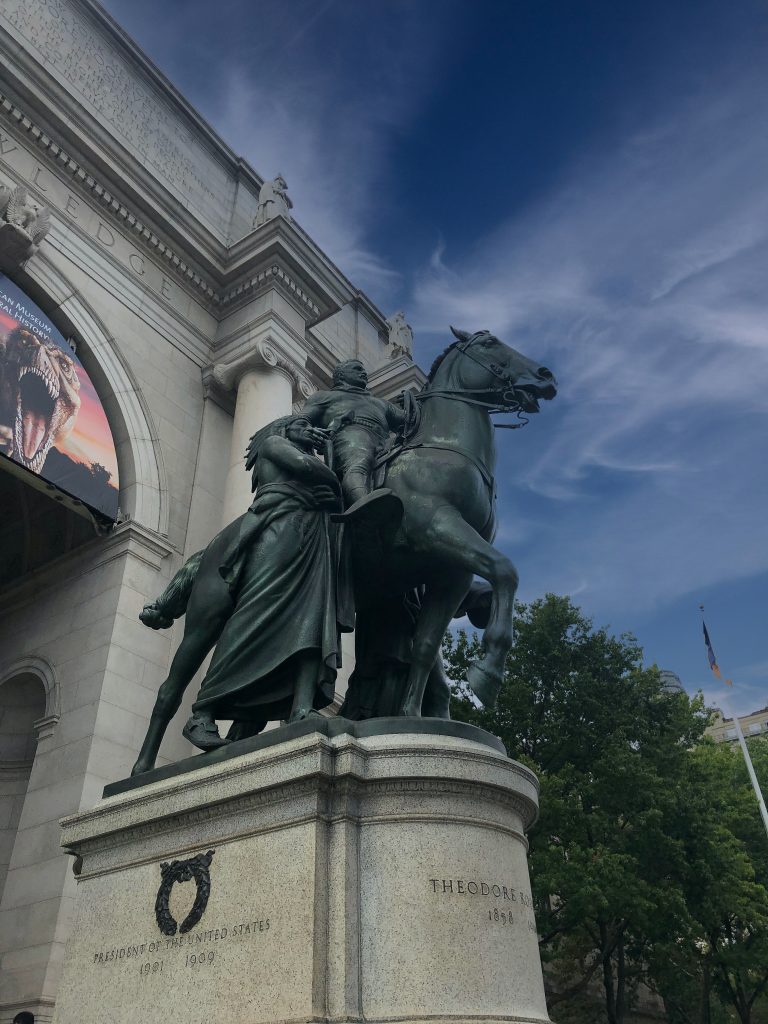12,000 Human Remains including Indigenous and enslaved people will be removed from the Museum display. In a significant move, the American Museum of Natural History (AMNH) is embarking on a transformative journey concerning its extensive collection of 12,000 human remains, which encompass individuals from Indigenous and enslaved backgrounds. The institution is ushering in a series of sweeping changes, including the introduction of new repatriation protocols, upgraded storage facilities, and the cessation of public display of these remains.
Overview of 12,000 human remains changing process
- The American Museum of Natural History (AMNH) is proactively addressing its vast repository of 12,000 human remains, spanning Indigenous and enslaved individuals. The museum is overhauling its policies, with a special emphasis on refining repatriation processes, bolstering storage infrastructure, and the discontinuation of exhibiting human remains to the public.
- A significant portion of these human remains were procured from Indigenous and enslaved populations, as well as the unclaimed bodies of impoverished New Yorkers who passed away in the 1940s.
- Recent revelations have brought to light similar collections of human remains in other institutions, such as the unauthorized possession of human brain specimens by the Smithsonian Institute and the retention of human remains by museums and universities, despite federal regulations.
- Within the AMNH’s collection, there are 2,200 Native American remains, subject to repatriation under the Native American Graves Protection and Repatriation Act of 1990 (NAGPRA).
- The repatriation process for Indigenous individuals from Australia has been sluggish, primarily due to financial considerations.
- The museum is committing additional resources to conduct research on cultural affiliations and exploring options for repatriation or shared stewardship, all while upholding rigorous conservation standards for the remaining collections.
- Presently, the museum’s exhibitions include 12 display cases containing human remains, which range from artifacts and jewelry crafted from human bones to complete skeletons and mummies. For instance, there’s the case of the “Copper Man,” whose remains were donated to the museum in 1905.
- The museum acknowledges the argument that displaying human remains holds educational value, but, after careful deliberation, a decision has been made to remove them, given the ethical quandaries and the fact that some of these remains symbolize groups that have endured exploitation and abuse.
- The removal process is projected to conclude by the end of the year, with the museum steadfastly committed to effecting these transformative changes.
This report chronicles the AMNH’s proactive efforts to address its collection of human remains, particularly those connected to Indigenous and enslaved individuals, through a series of policy revisions, repatriation initiatives, and the discontinuation of public exhibitions. It also underscores the broader context of issues related to the presence of human remains within museums and institutions.
Source: ARTnews


But wanna say that this is invaluable, Thanks for taking your time
to write this.